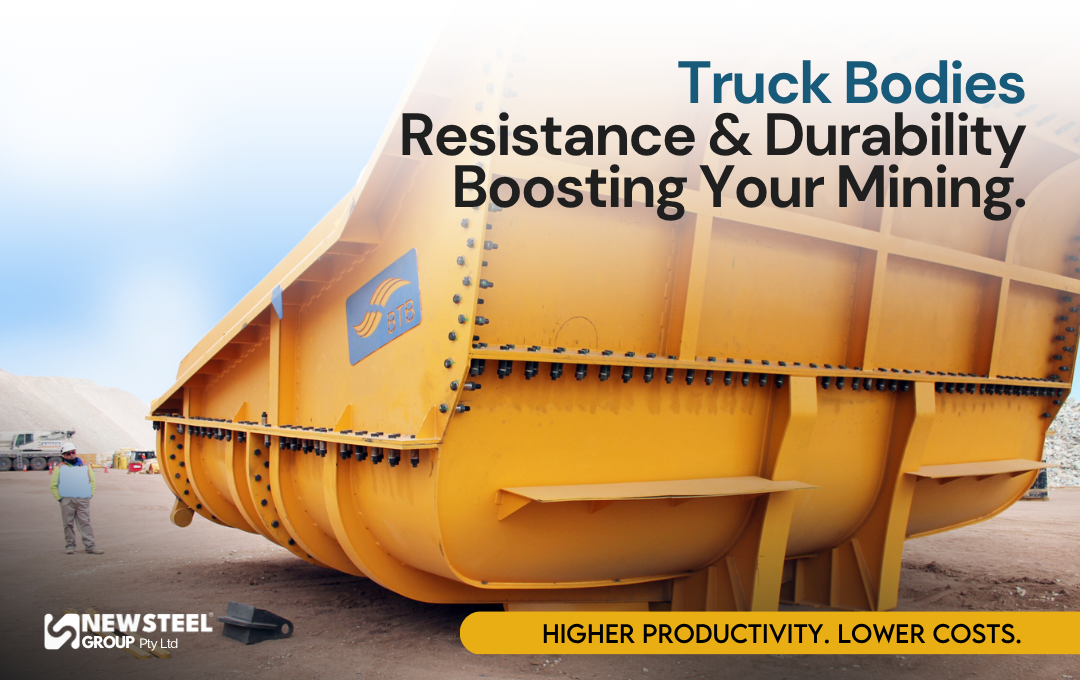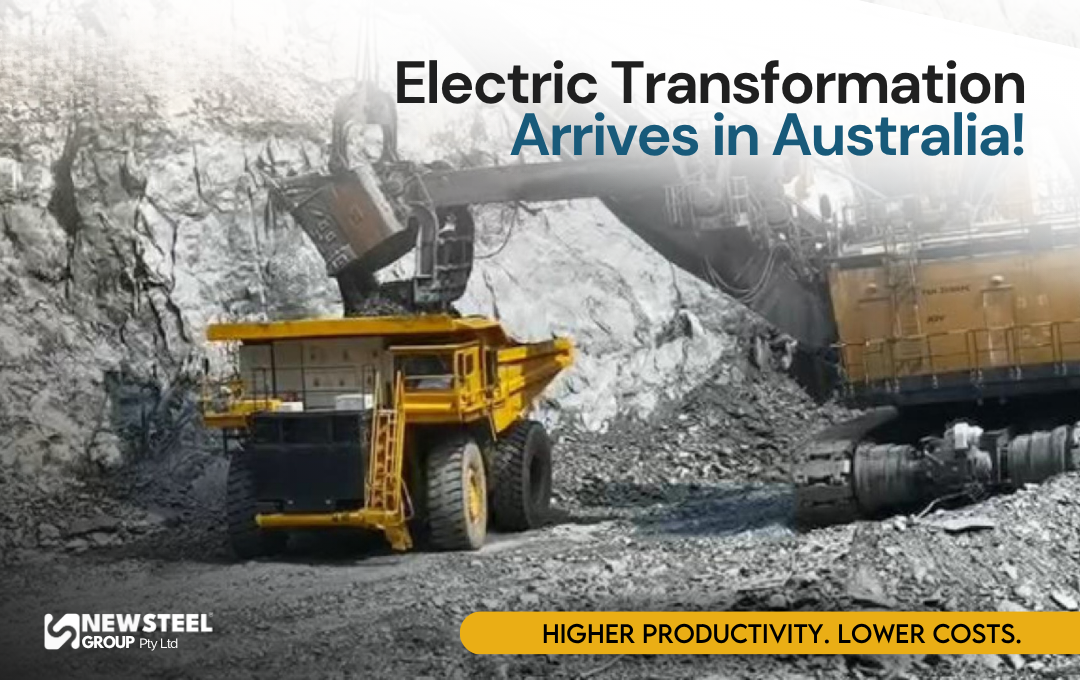Trends in Mining Electrification: How is the Industry Moving Forward?

The shift toward mining electrification is redefining the industry. Companies are investing in electric technologies to cut operating costs, lower emissions, and improve efficiency. This transformation is driven by stricter environmental regulations and increasing market demand for sustainable operations.
Pioneering Mining Electrification Projects
Several key initiatives highlight the progress of electrification in the mining sector:
-
Onaping Depth (Canada – Glencore): The Onaping Depth mine in Ontario, Canada, has seen significant progress. Initially scheduled to start operations in 2024, construction is still underway. In March 2024, crews completed the final blast of the production shaft, reaching 2,635 meters, making it the deepest shaft in the Sudbury Basin. However, commercial production has not yet been officially confirmed. (IM Mining)
-
Borden Mine (Canada – Newmont Goldcorp): The Borden Mine, operated by Newmont Goldcorp in Ontario, Canada, is one of the world’s first fully electric underground mines. Since commercial production began in 2019, all underground operations have used battery-electric equipment, eliminating diesel entirely. The mine’s fleet includes electric drills, loaders, and haul trucks designed specifically for underground mining. However, it does not use conventional open-pit haul trucks. (Mining.ca)
-
Escondida Mine (Chile – BHP): In July 2024, BHP submitted an Environmental Impact Statement to implement an electric trolley system at the Escondida Norte mine. This project, with an estimated investment of $250 million, aims to reduce diesel consumption in haul trucks through electrification. The company expects the first test units to be operational in 2025, aligning with its goal of net-zero operational emissions by 2050. (BHP)
These projects demonstrate substantial progress. However, full implementation remains a challenge due to high costs and long timelines.
The Challenge: A Slow but Necessary Transition
Despite advancements, achieving full electrification in mining remains a gradual process. Many initiatives are still in planning or partial implementation stages. The high cost of new electric fleets makes widespread adoption difficult.
For mining companies, the main question is not just how to electrify but when they can do so while maintaining profitability. In Latin America, companies have already adopted faster, more accessible alternatives that allow them to cut diesel dependency without waiting for a full industry shift.
Immediate Solutions: Electrification Through Fleet Conversion
Mining electrification does not exclusively depend on acquiring brand-new electric fleets. A practical, ready-to-implement solution is the conversion of diesel haul trucks to electric. This alternative is already in use at several mining operations in Latin America.
NewSteel, for example, provides mining truck conversion systems that eliminate diesel usage without requiring fleet replacement. This technology offers:
✅ Up to 80% fuel cost reduction, eliminating diesel dependency.
✅ 90% lower maintenance costs, as electric motors experience less wear.
✅ Fast implementation, avoiding the long wait times associated with full electrification projects.
While some companies are still planning their energy transition, others have already adopted electric haul trucks through conversion solutions. The question is no longer whether to switch, but how much there is to gain by making the change today.
Learn more about how electrification is driving the circular economy in mining.
The Future of Mining Electrification
Mining is moving toward an electric future, but the transition has already begun. Companies worldwide are making strategic decisions to reduce costs, meet regulations, and improve operational sustainability.
If your company is looking to electrify its fleet efficiently, NewSteel offers innovative solutions for mining truck conversion. Connect with us on LinkedIn, follow us on Instagram, or reach out via WhatsApp.
























